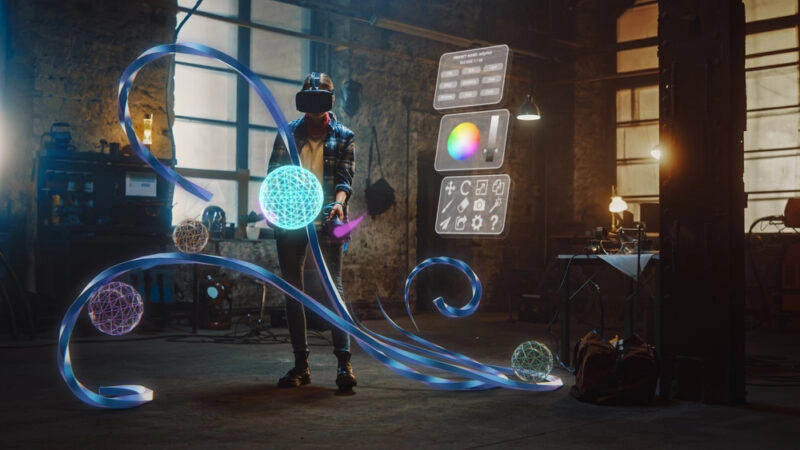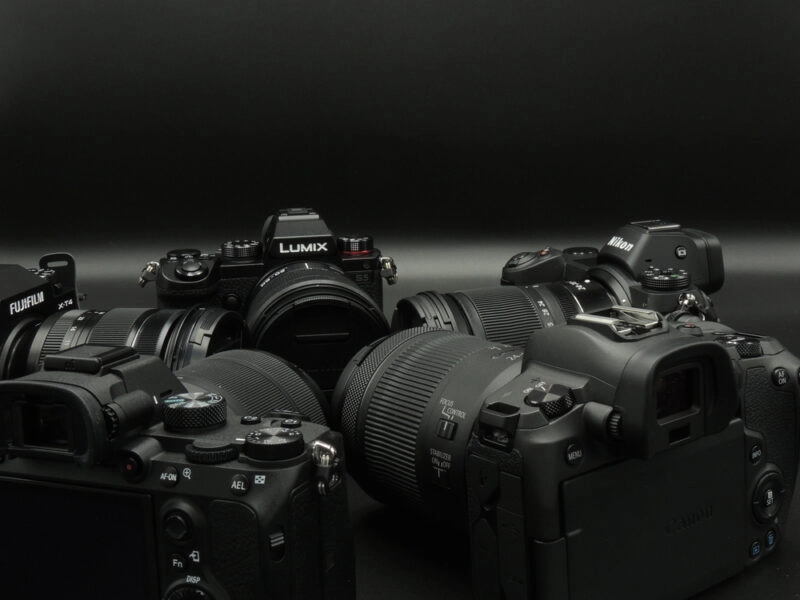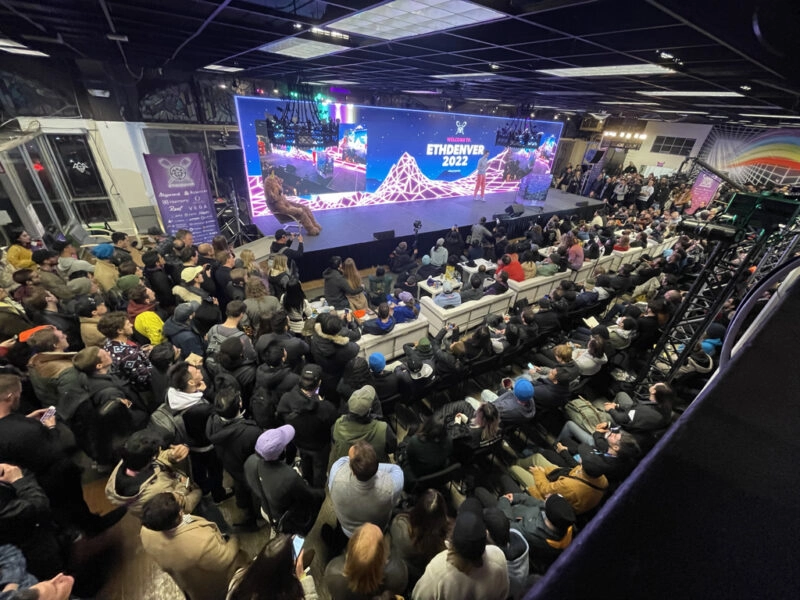Panasonic’s Phoenix: Rise of the Lumix S5II and S5IIX
Panasonic, an international brand renowned for their innovation and planning technology roadmaps 200 years into the future, recently shook the blogging, videography, and independent film worlds with the announcement of the Lumix S5II and S5IIX. Pioneers in the field of adapting and engineering new video applications and markets by employing large sensors in hand-held form factors, the Japanese giant is poised to regain its title crown by healing its one achilles heal: autofocus.
The new Lumix S5II and S5IIX employs the company’s revolutionary hybrid phase detect autofocus system, and with it is set to put the primary criticisms of their Lumix camera systems to rest.
Jurek Ugarow, the principal cinematographer for Bread Pudding Productions, as well as a retired 27 year veteran technical writer at B&H, outlines the history of Panasonic’s development of run-and-gun filmmaking, from the original GH1 through the game-changing GH5. With its newest state-of-the-art improvement to its camera ecosystem with the Lumix S5II and S5IIX, Jurek explains how Panasonic is realizing its “original intent of a compact, powerful, fully-featured hybrid camera.”
Jurek’s Thoughts
“Any good story has an arc. Start, middle, and end. So with [?] you have the GH1, which really just revolutionized the whole idea of video making in a hybrid form factor, which was followed by the GH2, which was a wonderful camera, multiple aspect ratio sensor with the flange distance, any kind of lens could fit. People started scouring Russian ex-Soviet camera stores for the wonderful lenses that were produced back then. People hacked the camera to get better data rates, which kind of surprised Panasonic. And then we get through the GH4, which is 4K. GH5, stabilization, which really, the GH5 was the biggest one I think of all of them so far.
The Achilles heel has always been autofocus. And at the beginning it didn’t really matter much, but when people started to turn to other formats, other companies let’s say, Canon, Sony, and got a much better autofocus, they started to switch even though they didn’t particularly like Sony colors or Canon’s sort of…the cripple hammer of Canon.
And so coming back to today, the S5 mark two marks a wonderful kind of conclusion to that chapter. The new chapter’s gonna begin.
And for me particularly, what’s interesting is that, my philosophy has always been one camera, one lens, whether it’s a wide, prime or anamorphic. And I don’t have time for gimbals. When I’m filming, particularly abroad, there’s no place for that. And with the new S5 mark two, with its excellent image stabilization from what I can see and autofocus, just brings that camera right up front to the original intent of a compact powerful fully-featured hybrid camera that can function in any kind of situation. Very exciting. The last bit of news that I saw this morning, I just saw the headline, CineD talking to Panasonic, and that auto focus is now coming to micro four thirds, so very interesting times. And I think for Panasonic, it’s the Phoenix rising from the ashes of DFD and taking on the big boys.”
Article written by Dan Bockrath.
Recent Posts

The design of new art mediums in Web3 is as much a social coordination as it is a technological cooperation. Designers, engineers, and visionaries are now able to collaborate to create mixed reality art, working in augmented mixed reality frameworks so as to define and refine the architecture of the metaverse. By using digital plasticity,…

The Panasonic Lumix System revolutionized independent filmmaking through the convergence of a handheld DSLR style body, larger than video camera sensors for a narrow depth of field, and the versatility and utility of interchangeable lenses. By being mirrorless and with the use of adapters, a broad gamut of vintage and modern lenses became available for…

How is AV helping bridge the gap between the real world and the metaverse? Some of the best examples can be seen in the midst of large-scale trade shows and industry events. For example, ETHDenver, an annual blockchain conference held in Denver, Colorado, hosts more than 20,000 technologists every year to innovate and develop…




